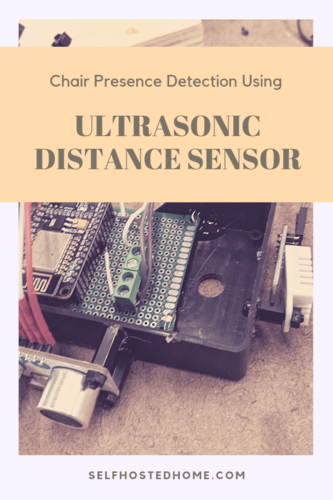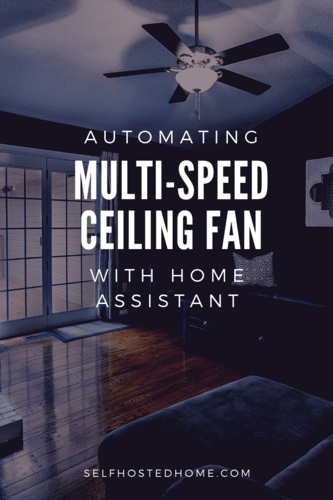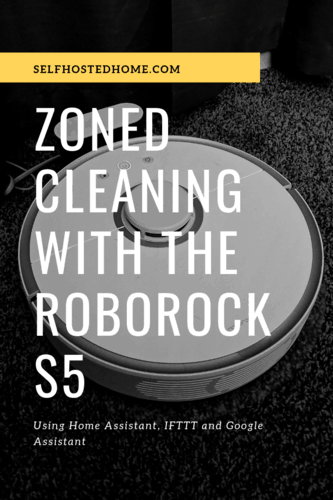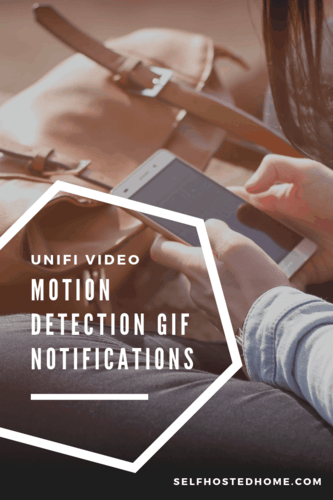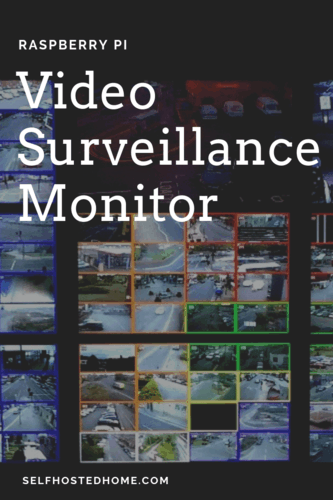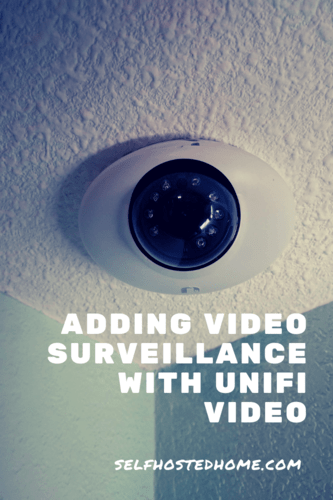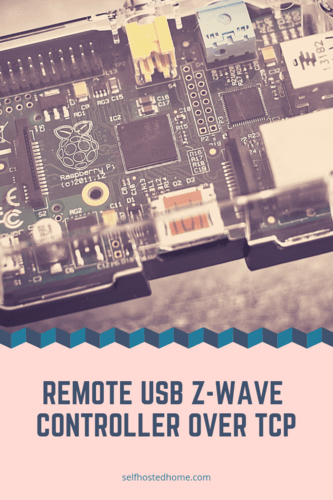If you’ve got a Z-Wave network in your Home Automation system and looking for a smart outdoor plug you’ve probably come across the GE Z-Wave Plus Outdoor Smart Plug Switch. Today’s review will be looking at this smart plug and how it performs within Home Assistant.
Chair Presence Detection using Ultrasonic Distance Sensor
One of the first things I usually do in the morning is sit down at my desk in my office and work on this blog or catch up on the news. To add some automation to my setup I wanted to detect if I was at my desk so I could properly light the room. Using an Ultrasonic Distance Sensor with a NodeMCU, I used distance to determine if someone was sitting at the desk or not.
I’m just using this today to trigger lighting in the room. You could use this to start up your PC using Wake on LAN or anything else to automate your routine. Think of this setup as a basic form of room based presence detection. I am the main person who uses the office in my household and I’m always at my desk when I’m working. This idea could be extended to cover multiple desks within a room.
Automating a Multi-Speed Ceiling Fan with Home Assistant
The office in my house just doesn’t cool down as fast as the rest of the house. It’s far away from its thermostat and doesn’t get good circulation. Wouldn’t it be great if you could automatically start to cool it down when it reached a certain temperature? Even better, shouldn’t it start at a low speed and ramp up as the room got hotter and hotter. Today’s article will be looking at automating a multi-speed smart fan to automatically cool a room using Home Assistant.
If you’re looking at hooking up your ceiling fan to Home Assistant in the first place, check out my article on Convert Your Pull-Chain Ceiling Fan to Z-Wave using the GE Z-Wave Smart Fan Controller. If you don’t already have real-time temperature data for the room you want to cool down, this article starts with a mini-tutorial on how to create a cheap WiFi temperature sensor using an ESP8266 NodeMCU, a DHT22 sensor, and esphome.
Zoned Cleaning with the Xiaomi Roborock S5 Robotic Vacuum
We recently took the plunge into the robot vacuum world and ended up getting the Xiaomi Roborock S5. Today’s article goes through the basic setup of getting the robot vacuum working with Home Assistant including:
- Controlling the vacuum from the Home Assistant frontend
- Start cleaning a room from the Home Assistant frontend
- Start cleaning a room using the Google Assistant
Reverse Proxy with HTTPS without Opening Ports
If you’ve got a slew of different applications running on your home network, it might be time to add a reverse proxy. What is a reverse proxy? It allows you to access your services at a nice easy to remember URL rather than an IP Address and port. For example, instead of accessing Home Assistant at http://192.168.1.2:8123 I can instead type https://homeassistant.example.com. On top of creating a reverse proxy in today’s article, we’ll also be adding HTTPS support via Let’s Encrypt. This will give us a secure connection on our LAN so that when we connect to the application we know there is no one listening while on our network. Maybe a bit overkill, but it does give you the nice green badge in your browser too.
UniFi Video Motion Detection GIF Notifications
So you’ve got your Home Surveillance system setup, but how do you get notified when activity occurs? A text message or push notification would be great, but then you need to log into your camera system to actually view the camera to see what’s happening. In today’s article, I explain how I used the UniFi Video software, ffmpeg, MQTT and Home Assistant to send a GIF of the motion detected right to my smartphone (or anything else running Telegram).
Raspberry Pi Video Surveillance Monitor
Have video cameras around your home and property for home defense? Have an easy way to display them? In today’s article, I’m going to walk through turning a Raspberry Pi into a video surveillance monitoring system. You can hook up the Raspberry Pi to your TV or any other monitor you have lying around to create your very own video surveillance system.
I recently bought a Ubiquiti camera and set it up to monitor my house. While I can always view the camera through the UniFi Video app or through my NVR, I wanted an easy way to open up the feed if my phone was dead or in another room. I’ve now turned one of my HDMI ports on my living room TV to an awesome video surveillance monitor that anyone can use, just using a Raspberry Pi. Using the software from today’s article you can create grids or do fullscreen streams including rotating through several different cameras.
Adding Home Video Surveillance with UniFi Video
Want to add video surveillance to your home? After looking through several different camera hardware and software setups I decided to invest in the Ubiquiti Networks solution starting with their “Dome” camera and hosting the UniFi Video software on my own home server. Today’s article covers the install process for both the hardware and software. … [Read more…]
Remote USB Z-Wave Controller over TCP
We know that Z-Wave works best when devices are close together to create a good mesh network. But what if your Home Automation software is in the basement and all your devices are a floor up? Or maybe you virtualized your Home Automation server and can’t pass through USB. How can you still use your Z-Wave … [Read more…]
Convert Your Pull-Chain Ceiling Fan to Z-Wave
Have a fan in your home you want to turn on automatically? Right now controlled by a light switch or pull chain? In today’s article, I’m going to be converting my ceiling fan from being controlled by a wall switch and pull chain to being controlled by Z-Wave switches.
My main goals for the project were to:
- Be able to control my ceiling fan speed and light from my Home Automation system
- Automatically turn on the fan when the temperature reaches a certain level
- Control the fan locally with the switch when needed
My home office never cools down or warms up enough. I wanted to get the ceiling fan into my Home Automation system so I could automatically turn it on during hot days or mornings before I come to work in the office.


